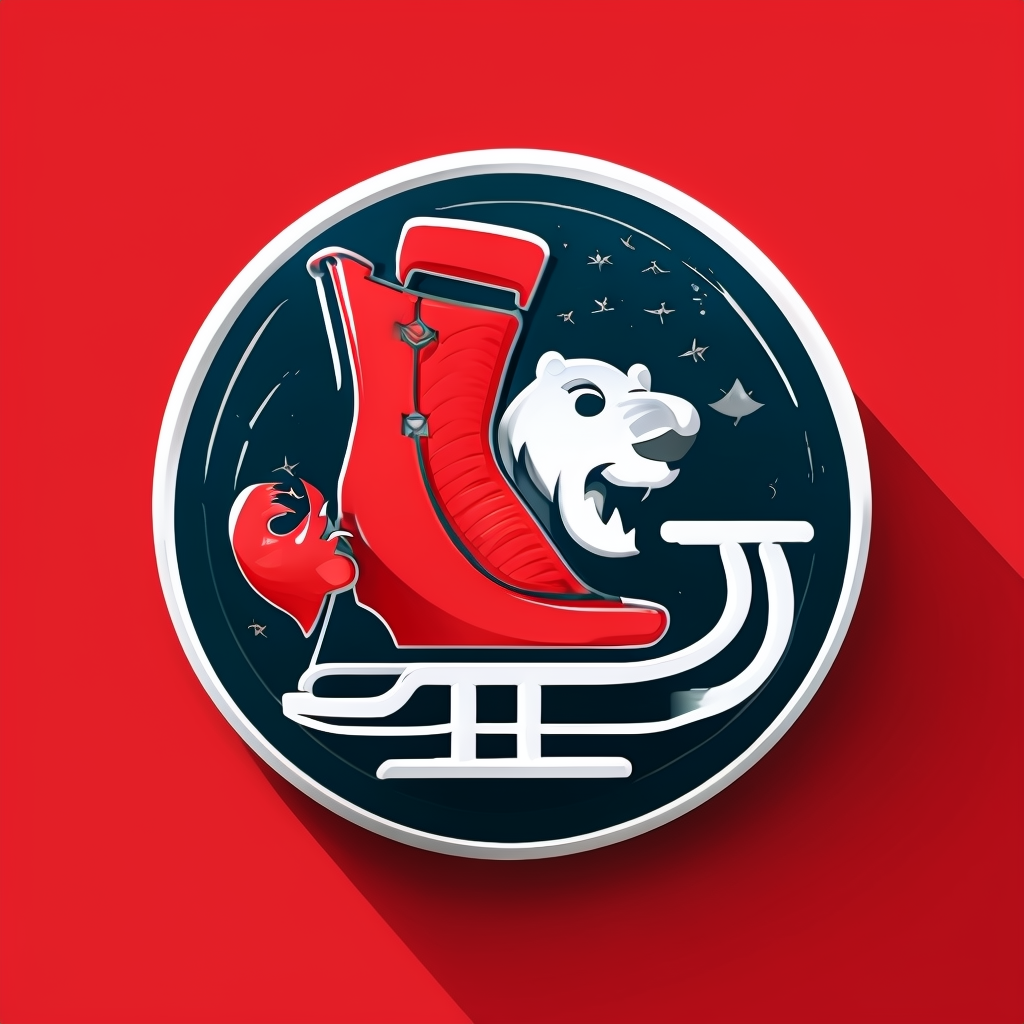Choosing the right PLM software transforms sustainability from a goal into measurable action. By centralizing data and streamlining collaboration, it empowers teams to reduce waste, improve product lifecycle transparency, and embed eco-friendly decisions early in design. This strategic tool not only enhances efficiency but also drives innovation aligned with environmental responsibility, unlocking lasting value throughout each product’s journey.
Overview of Product Lifecycle Management (PLM) Software and Its Role in Sustainable Development
PLM software acts as a central hub, managing product data, processes, and collaboration across departments. Its core functionalities include digitizing design, manufacturing, and end-of-life management—crucial for sustainable design practices. The software enables eco-friendly innovations by supporting virtual testing, which reduces material waste and accelerates the development of green products.
Additional reading : How Will Future High-Tech Innovations Transform the UK Computing Industry?
Adopting industry-specific solutions enhances compliance and supports circular economy principles, like reusability and disassembly. As organizations seek to meet regulatory and environmental targets, PLM’s integration with supply chain and manufacturing platforms ensures transparency and efficiency.
The transformation from basic file management to sophisticated ecosystems facilitates digital product development and fosters collaborative design tools. This evolution enhances product quality and speeds up innovation cycles, aligning industry progress with sustainability goals. You can view more details on this page: Discover the full article
This might interest you : How Will Artificial Intelligence Transform UK Computing?
Key Features and Functionalities of Modern PLM Platforms
Centralized Data Management for Consistent and Secure Information
Product data centralization serves as the backbone of modern product lifecycle management, allowing teams to maintain a trustworthy, single source of truth throughout digital product development. Every update is tracked with strict version control in product design, ensuring that engineering data management remains accurate and secure. Integration with tools such as SolidWorks and ERP systems streamlines product variant management, keeping product data security intact and minimizing redundancy across platforms.
Collaboration, Automation, and Process Optimization
Design collaboration platforms are pivotal for cross-functional team collaboration. Real-time project tracking supports teams working remotely and enables efficient workflow automation in product development. Automated engineering change management and version history tracking reduce manual errors. The use of digital twin technology and manufacturing process optimization leverages predictive data analytics in product lifecycle activities to fine-tune both product innovation lifecycle and production quality.
Compliance, Quality Assurance, and Sustainability Integration
Regulatory compliance management is simplified as product lifecycle management platforms implement compliance tracking to promote global stakeholder alignment. Product quality assurance is enforced through traceable, digital testing workflows managed by design collaboration platforms and product data centralization. By incorporating sustainability initiatives, these solutions back the circular economy, allowing teams to plan for disassembly and reuse, aligning enterprise product innovation with environmental goals.
Leading Vendors and Industry-Specific PLM Solutions
Industry-specific product management solutions empower organizations to address unique challenges, like regulatory compliance management and traceability, by centralizing product data and standardizing engineering change management. The Siemens Teamcenter platform exemplifies this with a modular software architecture that supports customization in product lifecycle, ensuring seamless scaling for growing enterprises. Its software scalability enables robust product data centralization, cross-functional team collaboration, and version control in product design—all essential for multi-site engineering coordination and global supply chain integration.
PTC’s Windchill system features deep integration with collaborative design tools, manufacturing process optimization capabilities, and advanced workflow automation in product development. Windchill system features facilitate structured digital product development and iterative design process management, while Arena and FlexPLM extend these benefits through cloud-based product management and specialized fashion and apparel industry solutions.
Automotive, MedTech, and aerospace sectors leverage enterprise product innovation to achieve cost reduction in product development, real-time project tracking, and compliant, auditable product quality assurance. The Siemens Teamcenter platform and Windchill system features together strengthen product lifecycle analytics and ensure adaptability via cloud deployment options, aligning product innovation lifecycle with modern digital transformation benefits.
Product Lifecycle Management: Driving Innovation and Efficiency
Product lifecycle management streamlines digital product development by connecting cross-functional team collaboration throughout every phase. Through product data centralization, teams achieve real-time project tracking and ensure transparent oversight of all design iterations. By leveraging collaborative design tools and robust design collaboration platforms, organizations break down barriers that traditionally separate engineering, manufacturing, and business units, enabling shared understanding and more efficient decision-making.
For digital product development projects, workflow automation in product development significantly reduces delays and manual errors. Automated processes such as version control in product design and comprehensive engineering data management eliminate redundancies, driving cost reduction in product development and bolstering product quality assurance. Role-based access within design collaboration platforms also ensures sensitive information remains secure through user roles and permissions.
Manufacturing process optimization depends on end-to-end product visibility and product lifecycle analytics, both powered by integrated CAD management and cloud-based product management. These solutions not only enhance regulatory compliance management but also provide scalable frameworks for enterprise product innovation—ensuring adaptability to evolving market requirements and customer needs. This integrated, transparent environment sets organizations up for sustainable, industry-leading product innovation lifecycle results.





